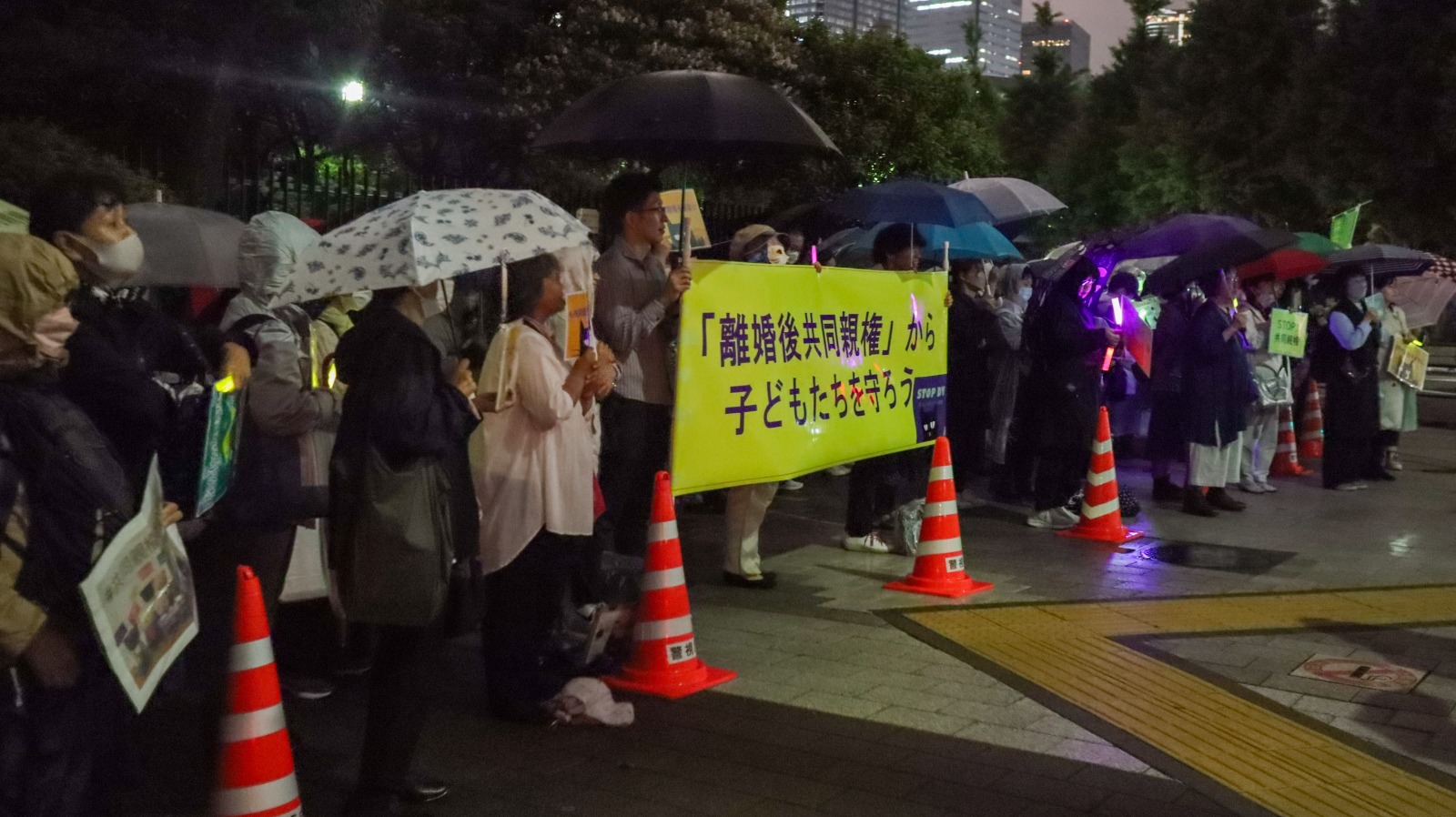A rock and a hard place
The experiences of mothers who contact us have become noticeably more desperate and more complex in the past six months or so. This might be simply due to the fact that FiLiA Hague Mothers are becoming better known and that more mothers are reaching out to us; it might be a temporary ‘blip’; or perhaps it is related to the acknowledged increase in violence against women and children worldwide, driven by pornography and misogyny.
Whatever the reason, the heart-breaking stories highlight an indisputable fact: in cases where the father is an abuser, the Hague puts mothers in an impossible situation. Either she stays within the law and hopes that the state will protect her and her children, or she breaks the law and attempts to find safety in another country.
The former hope goes against all the evidence. Globally, states have shown themselves entirely incapable of protecting victims of abuse. Worldwide ‘1 in 3 women, around 736 million, will be victims of physical or sexual violence from an intimate partner or sexual violence from a non-partner’ (WHO 2021) and, on average, ‘a woman or girl is killed by someone in her own family every 11 minutes’ (UNODC Research 2020).
So what are the options for a protective mother?
The only legal recourse is to apply to the local courts for a Relocation / Leave to Remove Order (although this route is not universally available). The mother has to prove that a move is ‘in the best interests’ of the child – a high bar requiring detailed evidence about job prospects, housing, educational arrangements for the child, family support – and, critically, to show that the move will not be used to undermine the father’s relationship with the child.
This is not easy, particularly if the perpetrator decides to oppose the request. A relocation survey with 116 participants undertaken by GlobalARRK revealed that of the 53 who had already applied to relocate: a third had been successful, but two-thirds had not, even when domestic abuse was a factor. Indeed, the data revealed ‘that mothers regarded allegations of abuse as detrimental to their application and they were actively advised not to report domestic abuse as part of the relocation proceedings’.
Cases took up to two years to conclude – during which time abuse often escalated – and were very expensive. Mothers, and the families that tried to support them, were often left in serious debt, impacting on their ability to adequately care for their children.
Shockingly, there is no other legal route. No lawful way for a mother to protect herself and her child. No state-sanctioned method which would allow her and her child to leave the abuser’s country, and escape his control.
If she does leave she faces the full force of international law in the form of the Hague Abduction Convention. A treaty which was used to tear a 2-year old First-Nations’ Australian child from her loving mother and send her 1000s of mile away to live with a man she barely knew and who now abuses her with impunity; which was used to take a young boy from his mother and sister, and from the home he was settled in, and send him to Europe without even an opportunity to say goodbye; which is being weaponised to return a toddler to the father who has sexually abused her; which led to a loving mother being sentenced to three years in jail, criminalised as an abductor.
Aware of the brutal reality of the Convention, some mothers go in to hiding with their child, relying on the kindness of strangers, invariably living a hand-to-mouth existence, and moving from place to place in an attempt to prevent their abuser, or the authorities, from finding them. One mother was reduced to camping out in forests, taking occasional cash-in-hand jobs, relying on charities for food donations. Clearly, no mother would put herself and her child through such privations if they felt they had any other choice.
Another desperate decision is to go in to exile – settling in a non-Hague country. This invariably means a lifetime without being able to see her family, unable to ever return home. Some mothers find that their bank accounts are frozen, some are placed on Interpol lists, becoming a virtual prisoner in the country she has fled to. And if her abuser discovers her whereabouts she risks her child taken back to the father. She will have no recourse to justice in such a case having placed herself outside the law: exiled mothers live their lives in a state of permanent fear.
More recently we have heard of a growing number of mothers who, having fled to another country, attempt to claim asylum for themselves and their child, pitting the Hague Abduction Convention against the European Convention on Human Rights and the 1951 Geneva Convention which protects those seeking asylum from being returned to the country they have fled. Chances of success are not high, particularly if the mother is seeking asylum from a ‘first world’ country. In such cases an assumption is made that the country is ‘safe’ and the mother and child will not be in danger if they return. This assumption is a fiction, maintained for reasons of political convenience. Nonetheless it still serves to prevent abuse victims from finding safety for themselves and their children.
The Hague Convention, despite its original honourable intentions, has become a weapon of abuse, used by perpetrators to maintain control over mothers and children. It is past time for change.


